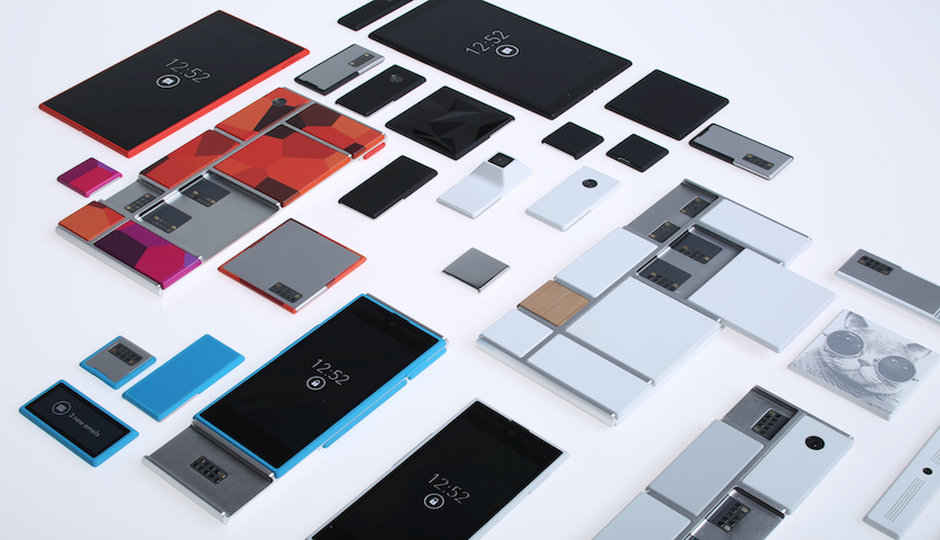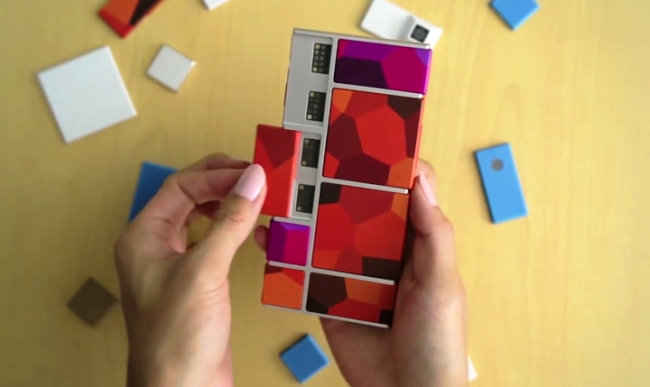Google releases Module Developers Kit of Project Ara

It's exciting time for mobile developers as Google has just unveiled the first version (0.10) of its MDK for Project Ara modular smartphone.
A Module Developers Kit for Project Ara has been unveiled by Google at last. The Kit has been released by Google’s Advanced Technology and Projects (ATAP).
Mobile developers who were anxiously waiting for Google to release more details about the project will now get a better idea of what’s the possibilities are with the Ara components. Project Ara is basically a concept of building a customized smartphone with modular components with the user deciding which components he/she would want (just like building an assembled PC). Google hung on to Motorola Mobility’s ATAP division after selling Motorola to Lenovo.
The ATAP describes Ara as:
The Ara platform consists of an on-device packet-switched data network based on the MIPI UniPro protocol stack, a flexible power bus, and an elegant industrial design that mechanically unites the modules with an endoskeleton. Ara’s success is predicated on a rich, vibrant, and diverse ecosystem of modules from a myriad of developers. Users would be able to select modules from an online marketplace using a configurator that facilitates user choice and curates the configuration process to ensure that the selection of modules provides the expected system-level functionality.
So what are the new revelations that the MDK has brought:
- It details how Google is considering different sets of configurations for different sized metal endoskeletons. The endoskeleton is basically a single board which will hold all the components of the phone together.
- The Project Ara smartphone will come in three different sizes: a mini, medium and large (In future) sizes.
- Google is currently working on different design of rib crosses on the endoskeletons.
- Google notes that Ara smartphones cannot have vertical “spines or vertically configured modules for front panelling. All front-facing modules must run horizontal and won’t have an endo to lean on and will therefore use EPM and a ball-spring plunger assembly to ensure they remain in place.
- The EPMs (Electro-Permanent Magnets) which keeps the modules of the Ara phone in place will have “two selectable states: the attach state and release state, corresponding to high and low levels of magnetic force.”
- Ara devices will most likely be compatible with most standard apps and ATAP has encouraged developers “to pay attention to application stability and graceful behavior in light dynamically varying availability of hardware resources (as with hot-plug, for instance).”
Recently, Phonebloks had uploaded a video which revealed the team working on Project Ara. The MDK of Project Ara can be downloaded from here.
Source: Project Ara, Via: TechCrunch

.jpg)
